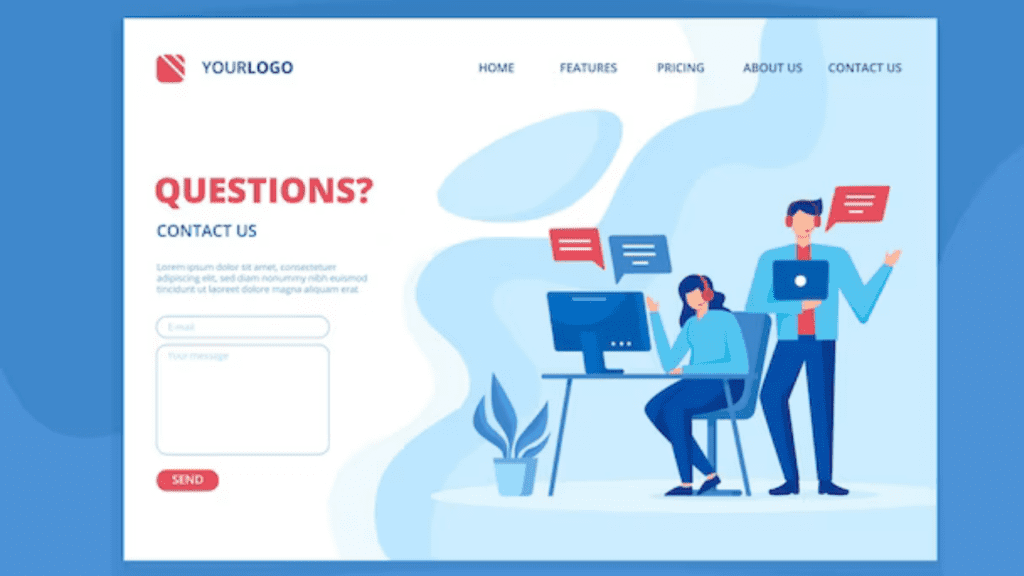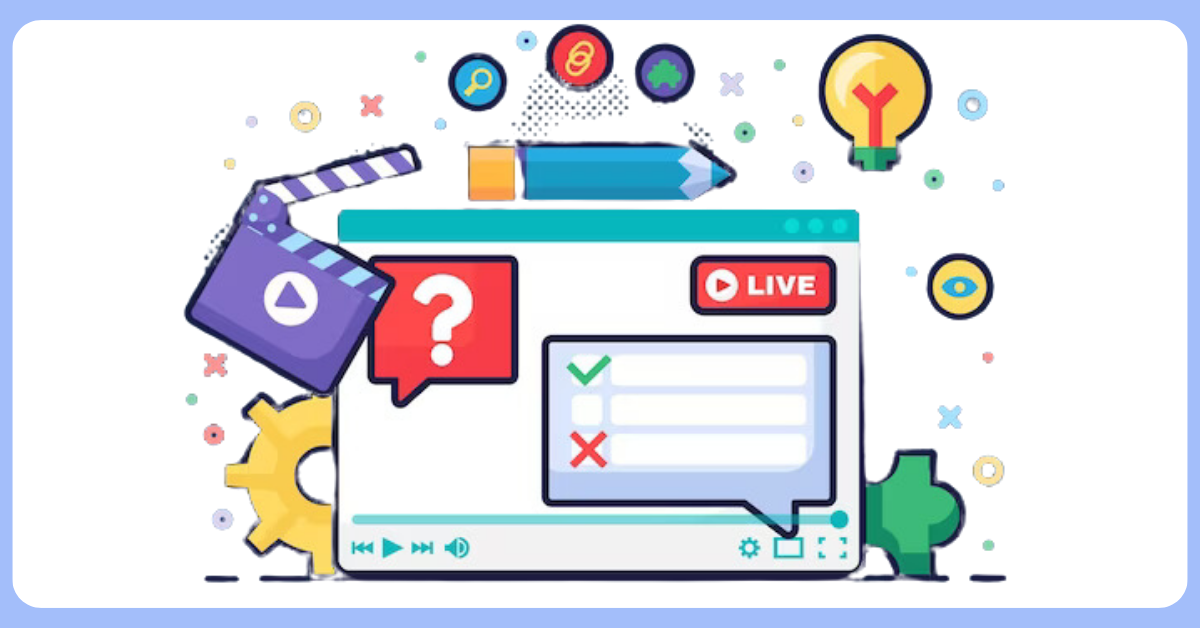The examples of open-ended questions play a pivotal role in sparking discussions, eliciting detailed responses, and encouraging critical thinking. Open-ended questions, in particular, are a powerful tool that allows individuals to express themselves freely, leading to deeper conversations and insights. Let’s explore various examples of open-ended questions and understand how they can be employed in different contexts.
Examples of Open-Ended Questions
- “What are your thoughts on [Topic]?” This classic open-ended question encourages individuals to share their opinions, insights, and feelings about a particular topic. It paves the way for diverse perspectives and allows respondents to elaborate on their viewpoints.
- “Can you describe your experience with [Event]?” By asking for a detailed description of an experience, this question invites respondents to recall specific moments, emotions, and circumstances. It’s particularly useful in interviews, storytelling, and customer feedback scenarios.
- “How do you envision [Goal] in the next five years?” This forward-thinking question encourages individuals to think about the future and articulate their aspirations and plans. It’s commonly used in personal development discussions and strategic planning.
- “Tell me about a time when [Situation] challenged you.” By prompting respondents to share a personal story, this question allows them to reflect on their past experiences, decisions, and growth. It’s frequently employed in job interviews and therapeutic settings.
- “What factors do you consider when [Making a Decision]?” Delving into decision-making processes, this question uncovers the various considerations that influence choices. It’s useful for market research, understanding consumer behavior, and enhancing decision-making strategies.
- “In your opinion, what is the significance of [Concept]?” By inviting respondents to offer their interpretation of a concept, this question explores individual perspectives and insights. It’s particularly valuable in academic discussions and philosophical conversations.
- “How would you approach [Challenge]?” This question prompts respondents to devise strategies or solutions for a specific challenge. It’s often used in brainstorming sessions, problem-solving exercises, and teamwork evaluations.
- “What do you believe are the potential benefits and drawbacks of [Idea]?” Encouraging a balanced assessment, this question invites individuals to consider both the positive and negative aspects of a given idea or proposal. It’s helpful in analyzing feasibility and making informed decisions.
- “Describe a situation where you had to collaborate with diverse personalities.” By asking for a description of collaborative experiences, this question highlights teamwork skills, adaptability, and interpersonal dynamics. It’s commonly used in job interviews and team-building activities.
- “How has [Topic] impacted your life or work?” Exploring the personal impact of a particular topic, this question elicits anecdotes, insights, and reflections. It’s suitable for interviews, content creation, and understanding the influence of trends.
Open-Ended Questions in Everyday Life
Open-ended questions are not confined to formal settings alone; they have a place in everyday conversations as well. Instead of asking, “Did you have a good weekend?” try asking, “What was the highlight of your weekend?” This simple shift encourages the other person to share specific details rather than offering a brief response.

Crafting Effective Open-Ended Questions
Creating effective open-ended questions requires a thoughtful approach. Consider the following tips to optimize your question-posing skills:
- Be Clear: Ensure your question is clear and focused, avoiding ambiguity that might confuse respondents.
- Avoid Leading: Refrain from including assumptions or leading phrases that might influence the respondent’s answer.
- Encourage Elaboration: Frame your question in a way that naturally leads to detailed responses, encouraging the sharing of personal experiences and insights.
- Stay Neutral: Maintain a neutral tone to prevent steering the conversation in a particular direction.
- Respect Silence: After asking an open-ended question, allow the respondent ample time to gather their thoughts and respond authentically.
Benefits of Open-Ended Questions
Open-ended questions offer numerous advantages in various situations. They promote active engagement, enable individuals to share their perspectives, and encourage a broader exchange of ideas. By avoiding simple yes-or-no answers, these questions stimulate reflective thinking and encourage respondents to provide comprehensive responses. This promotes better understanding and meaningful conversations.
In Conversations
Open-ended questions can be instrumental in social interactions. Instead of asking, “Did you have a good day?” consider asking, “What was the highlight of your day?” This encourages the other person to share details and emotions, leading to a more engaging dialogue. Such questions are beneficial when trying to build rapport, deepen relationships, or express genuine interest.
In Education
In the classroom, open-ended questions foster critical thinking and active participation. Teachers might ask, “How would you solve this problem?” instead of merely requesting the answer. This prompts students to analyze and explain their thought processes, enhancing their understanding of the subject matter and encouraging them to explore alternative approaches.
In Interviews
Open-ended questions are essential tools for interviewers. Rather than asking, “Do you possess leadership skills?” consider inquiring, “Can you describe a situation where you demonstrated effective leadership and its impact?” This allows candidates to provide real-life examples, enabling the interviewer to assess skills and suitability more accurately.

Crafting Effective Open-Ended Questions
While open-ended questions offer various benefits, their effectiveness relies on thoughtful construction. To generate meaningful responses, consider the following tips:
Avoid Yes or No
Ensure that your questions cannot be answered with a simple yes or no. Instead of asking, “Did you like the movie?” ask, “What aspects of the movie did you enjoy the most?” This prompts the respondent to elaborate on their opinions.
Begin with What, How, or Why
Starting questions with “What,” “How,” or “Why” invites detailed responses. For instance, instead of asking, “Did you find the project challenging?” ask, “What challenges did you encounter while working on the project?”
Be Clear and Concise
Craft questions that are clear and easy to understand. Ambiguous questions can lead to confusion and incomplete answers. Keep your questions focused on the topic to ensure meaningful responses
In conclusion, open-ended questions are versatile tools that facilitate meaningful conversations, encourage critical thinking, and nurture deeper connections. By formulating questions that avoid yes-or-no responses and by starting with “What,” “How,” or “Why,” you can unlock rich insights and engage in more fruitful discussions across various aspects.

